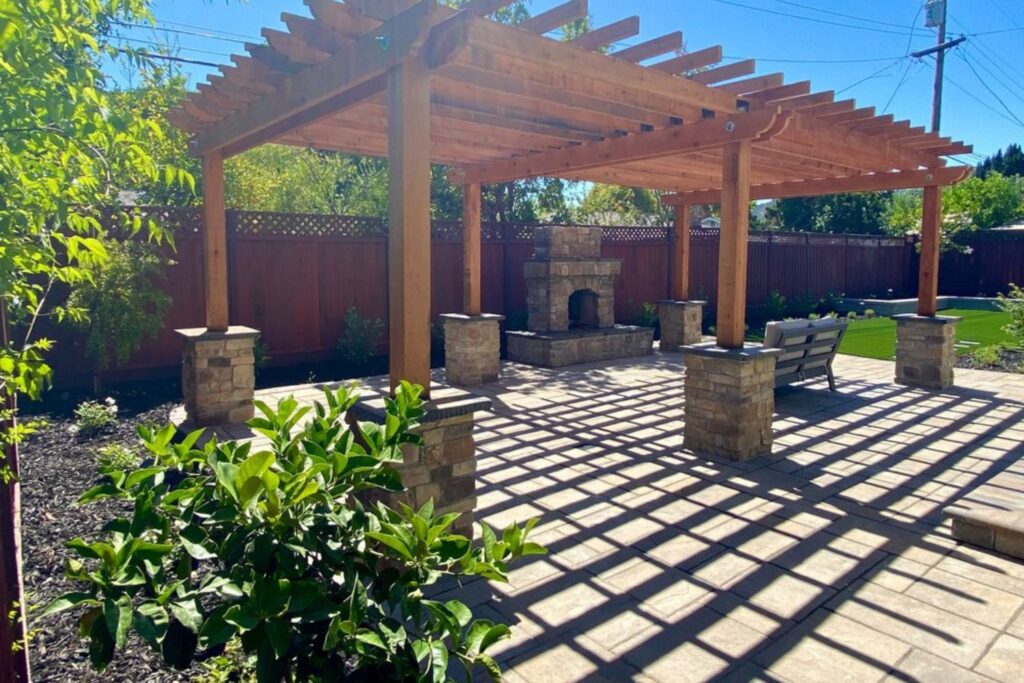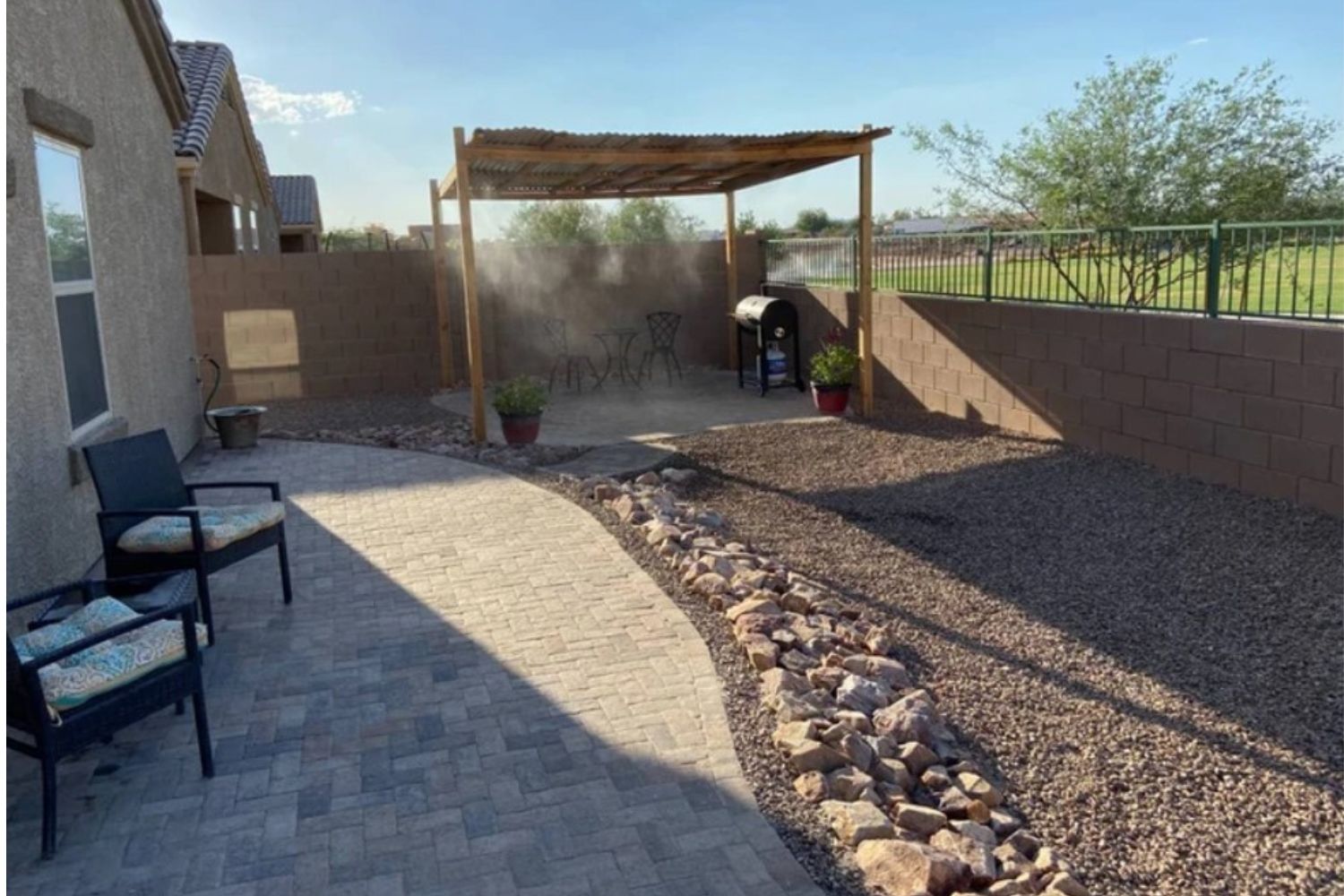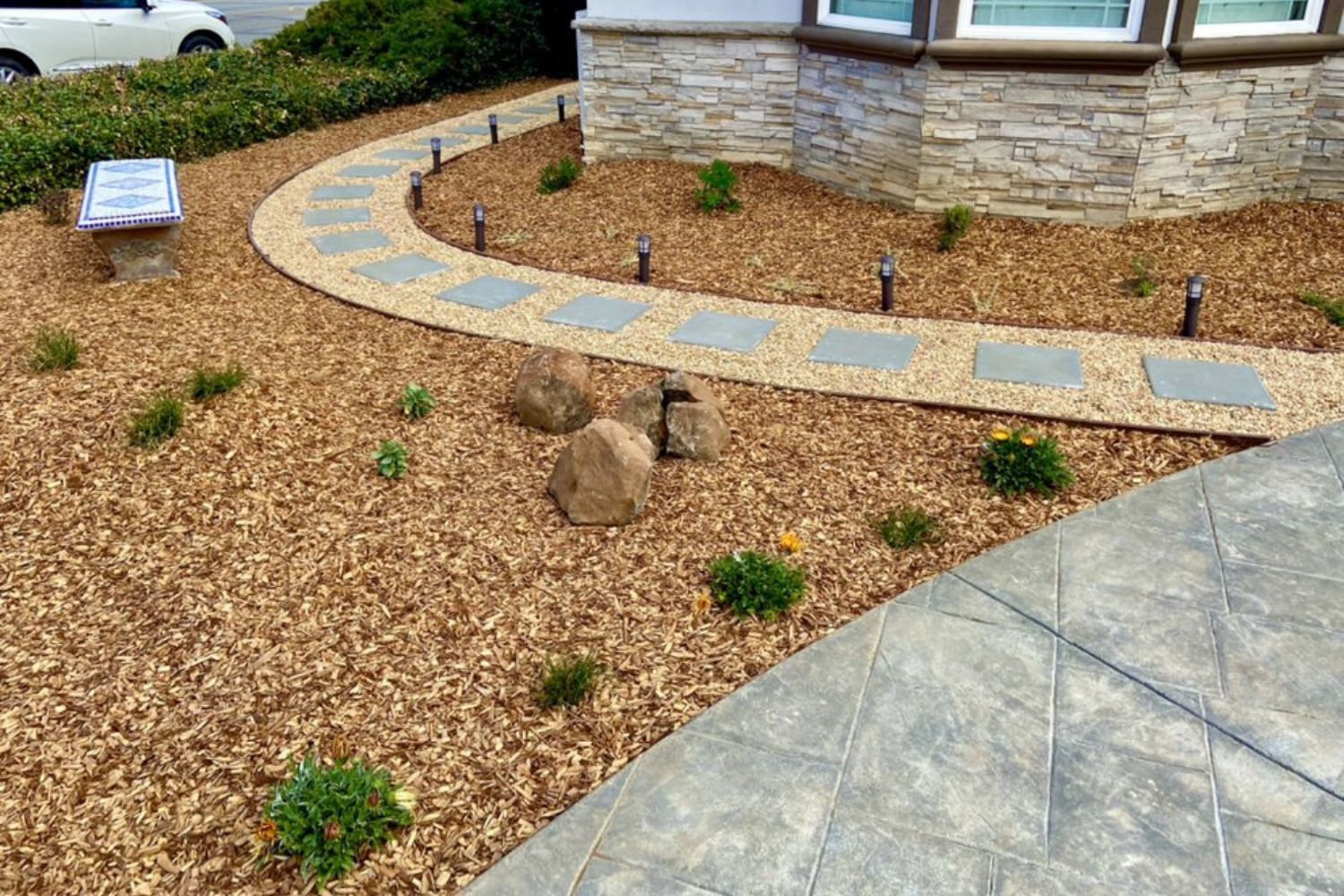Table of Contents
What are the Climate and Environmental Factors?
Here is a list of climatic and environmental factors that influence the landscape in an area:
Influence of Temperature
Every plant species has a certain temperature range, that is required for its optimal growth. When this range exceeds, it adversely affects the plant growth, and reduces its yield. Summers in Tucson are very harsh as the temperature goes above 100°F (38°C).
Many plants are unable to bear this intense heat and so they die. It is therefore important to choose plants, that can tolerate extreme temperatures.
Read More: How to Landscape a Steep Slope on a Budget
Precipitation
Tucson receives very little rainfall. Hence moisture content in the soil is very low. To design your landscape, you should look for plants that require little water to stay hydrated.
Natural Energy: Sunlight
There are two types of plants. Ones that are sun-loving and require extreme heat to sustain. While the second category is shade-loving plants. These plants need to be protected from the sun. You can do this by placing them under canopies or structured shades.
Read More: Landscape Ideas for Creating Privacy
Soil Type
The growth of a plant depends on how well the soil is beneath it. The amount of minerals present in the soil, and the moisture content within it, decides the quality of the soil. Tucson’s soil is generally rocky and less fertile. You may consider adding organic matter and fertilizers to improve the soil quality. Better the soil type, better the landscape!
Wind
Tucson receives powerful winds during the spring season. Your landscape’s stability is at stake during this time as it is prone to getting affected by these strong winds. As they can cause erosion and damage your trees. It is crucial to plant windbreaks, such as dense shrubs or trees to reduce the wind speed.
Microclimates
You may change the atmospheric conditions of particular areas in your landscape by creating microclimates. This can be done by creating sun traps and sheltered spots for your plants.
Their placements in the desired atmospheric conditions, will boost your plant growth and improve its overall health. This will make your landscape bloom with beauty!
Understanding Tucson’s Desert Climate
Summers in Tucson are very hot while the winters are quite mild. Most of the year remains dry. The only rain it gets is during its monsoon season, between July and September. Considering these weather conditions, the plants appropriate for designing your landscape are drought and heat-tolerant.
Dealing with Temperature Extremes
As you now know extreme temperatures reduce photosynthesis and increase water demand. Hence you might be wondering how to cope with it. For this sake, there are some mitigation techniques such as growing heat-tolerant plants, creating shade with structures or larger plants, and selecting plants with varying dormancy periods, to help you deal with extreme temperatures.
Adapting to Drought Conditions
It is quite obvious that conserving water in desert landscapes, for instance in Tucson, is vital. For this purpose, a technique called Xeriscaping is introduced. It lets you utilize various water-conserving methods. Growing drought-tolerant plants, mulching, and efficient irrigation come under the umbrella of Xeriscaping.
If you are curious to know of some alternate methods, besides the traditional irrigation system, here are some efficient water-wise irrigation methods for you.
- You can use the drip irrigation method, to send water directly to the plant’s roots.
- You can insert soaker hoses so that the water is released slowly to the roots.
- You can use mulching techniques to keep the soil moist and your plants hydrated.
- You can collect and store rainwater so that you can use it later for watering.
These methods will help you in utilizing the limited water you have to design an appealing landscape!
Managing Sun Exposure in Landscaping
To keep a diversified range of plant species in your landscape, you should learn to manage the plant’s exposure to the sun. Keep track of all the sun-loving and shade-loving plants, within your garden and place them in the regions they are best suited for.
You may grow Red Push Pistache and Southern Live Oak or any similar trees, that are heat tolerant. These can be an excellent source of shade as they form a canopy, that can provide the shade you want for your shadeloving plants!
What are the Soil Types and Preparation?
The soil in Tucson is not very ideal. Most of it is ‘caliche’. Caliche does not allow water infiltration and impedes root growth. To make this soil suitable for plantation, you need to break down this ‘caliche’.You may apply soil acidifiers, such as sulfur, to help dissolve the caliche over time, or introduce organic matter to the soil to make the soil fertile and suitable for planting.
Improving Soil Quality for Planting
As the soil in Tucson lacks moisture content hence most plants are unable to either grow or sustain. It becomes crucial to bring forward a solution. Hence, comes the ‘Mulching’ technique. In this method, a layer of mulch is spread around the plants.
This layer helps reduce evaporation and prevents the growing of weeds. As the soil holds sufficient moisture content, therefore it becomes suitable for plantation.
What are the Water Conservation Techniques?
Water plays a significant role in shaping your landscape’s beauty as it brings the plants to life. However, Tucson has very less natural water resources so it becomes a challenge to irrigate crops in the region. To deal with this problem, various water conservation techniques are introduced, which when practiced, can help overcome this issue.
Some of these techniques are as follows:
Technique #1: Xeriscaping
It is a technique that allows you to utilize water by growing drought-tolerant plants, mulching, and efficient irrigation. Some drought-tolerant plants that you may grow in your garden can be agave, yucca, and palo verde trees. These plants require very little water to survive and can bear harsh weather conditions.
Technique #2: Drip Irrigation Systems
If you want an adorable landscape in Tucson, you must know this great irrigation technique. This method lets you inject water directly into the roots of your plants while preventing water from evaporating and running off the ground’s surface. Water goes straight to the roots and stays there for a good time. Using this efficient water irrigation technique, you can water each plant sufficiently.
Technique #3: Rainwater Harvesting
Since it rains less often in Tucson, storing and saving water when it precipitates is necessary. You can save water using barrels, cisterns, and rain chains and use it during the dry periods of the year.
Conclusion
You have now got a good hang of all the climate factors influencing your landscape design and planning. By considering these factors, and practicing the tips in the article, you can now make your outdoor space look appealing and beautiful.
About The Author
Isaiah Espinoza
Isaiah Espinoza is the proud company owner, founder and driving force behind Legacy Landscaping and Design. Isaiah established Legacy Landscaping & Design in 2014, bringing his vision of creating stunning outdoor spaces to life. Isaiah, the founder of Legacy Landscaping & Design, has a deep-rooted passion for construction and design, stemming from four generations of family expertise in the industry. With a KB-1 General Building License and a CR-21 Hardscaping and Irrigation License, Isaiah has spent the past decade transforming outdoor spaces with exceptional craftsmanship and innovative design.



